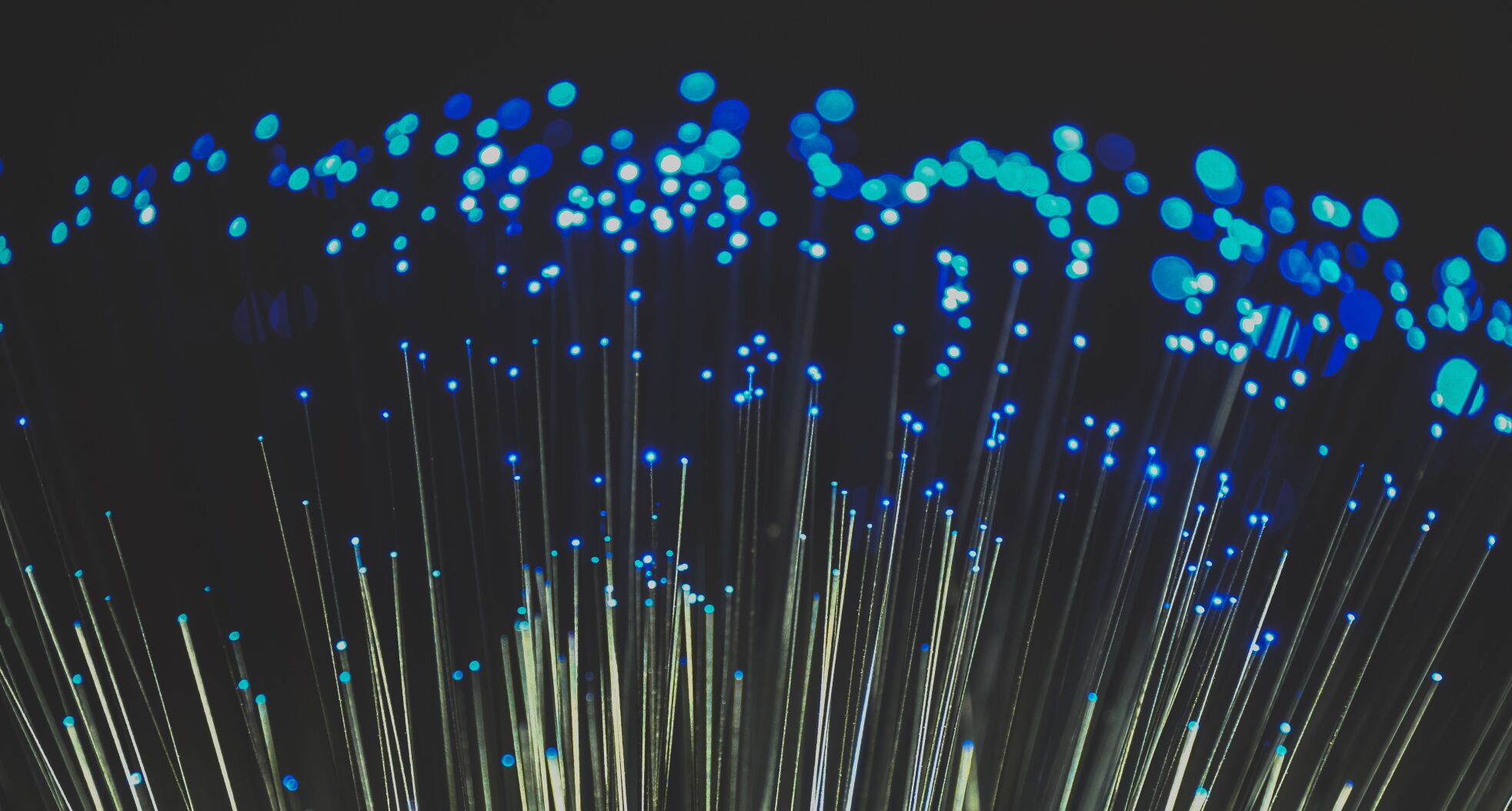As states are preparing to receive their share of $43 billion in Broadband Equity, Access and Deployment Program funds to expand rural broadband services, provided by Congress in a bill strongly backed by farm interests, one rural broadband advocate hopes that nagging disputes over utility pole fees don’t divert much of those funds.
The BEAD program, established by the Infrastructure Investment and Jobs Act, requires states to collect accurate data, get public feedback and set up processes for allocating BEAD funds.
In Nebraska, then Gov. Pete Ricketts announced plans to provide rural broadband across the state last September. In Kansas, the Strengthening People and Revitalizing Kansas committee allocated $60 million in coronavirus relief funding in 2020 to the Kansas Office of Broadband Development to increase connectivity in the state. Also launched in 2020, the state’s Broadband Acceleration Grant Program is poised to invest $85 million over 10 years toward bridging the digital divide in Kansas.
Targeting the truly unserved
Patty Judge, director and co-founder of Focus on Rural America, a former lieutenant governor of Iowa, and that state’s first female secretary of agriculture, wrote in January, “[T]his unprecedented [BEAD] funding to bridge the digital divide may be squandered if our elected leaders and policymakers do not effectively target the funding to truly unserved areas. By using updated broadband maps and by addressing the needless delays and costs associated with pole access, progress can be achieved.”
Judge’s home state of Iowa is currently hosting public meetings to get feedback on the issue. According to Judge, about one-third of Iowa qualifies as a “broadband desert” without adequate broadband services. Ag startups continue to entice investors into committing billions to visions of “transforming agriculture” and producing more with fewer inputs while reducing agriculture’s impact on the environment. Reliable broadband connectivity in rural areas is key to all of these visions.
Maps updated
A Brookings Institution study released in October found that “people from historically disadvantaged communities, especially Black and Hispanic populations that lack internet access, are subjected to consistent and perpetual inequalities.”
But which areas, exactly, qualify as “unserved,” and how is that determined? In November the Federal Communications Commission unveiled updated broadband maps, which purport to show precisely areas in each state are covered—or not covered—by broadband services.
FCC chairwoman Jessica Rosenworcel called the updated maps a “beginning” and wrote, “[W]e are calling the product we unveil today a pre-production draft. Releasing this early version of the new maps is intended to kickstart an ongoing, iterative process where we are consistently adding new data to improve and refine the maps.”
The broadband maps have proven contentious, with critics pointing out that they depend on carrier-submitted information. They claim that incentives exist for carriers to deliberately overestimate areas covered by wireless services to keep out potential rivals. Some mayors of rural communities have reported that their communities that still don’t have reliable internet service appear as “served” on these maps.
Pole fees
Experts agree that the best and most secure way to bring broadband service to formerly unserved areas is with buried fiber-optic cables. But digging trenches to buy fiber-optic lines is expensive, slow and difficult. Often the quickest and cheapest way to extend service is by stringing the cables on already-existing utility poles. These poles are mostly owned by utilities or rural electric cooperatives—in some cases by private investors.
Of top concern to Judge is the pole fees charged by their owners. In too many cases, she has written, pole owners try to get service providers to pay for the entire cost of the pole. Even though the FCC has recently initiated a new process for resolving pole fee disputes, “We have no streamlined, functional system for gaining access to these poles,” Judge told High Plains Journal. She hinted that Congress may have to intervene with new regulations to ensure fairness, although she prefers the term “guidelines.”
It’s not a new issue. Back in 2018, the FCC said, “Pole access … is essential to the race for 5G because mobile and fixed wireless providers are increasingly deploying innovative small cells on poles and because these wireless services depend on wireline backhaul … these numbers are projected to reach 455,000 by 2020 and 800,000 by 2026.”
States will receive final word on their BEAD money in June after they submit their finalized allocation plans to the FCC.
David Murray can be reached at [email protected].




